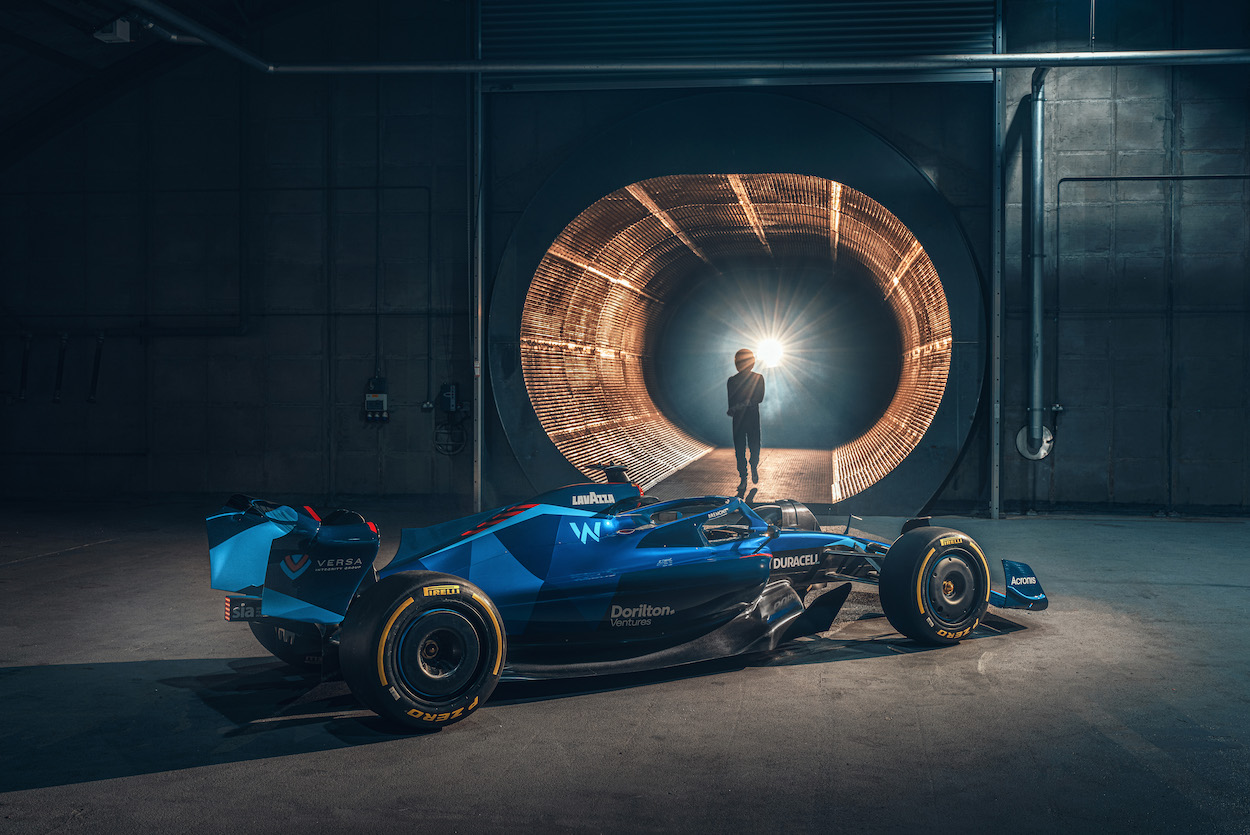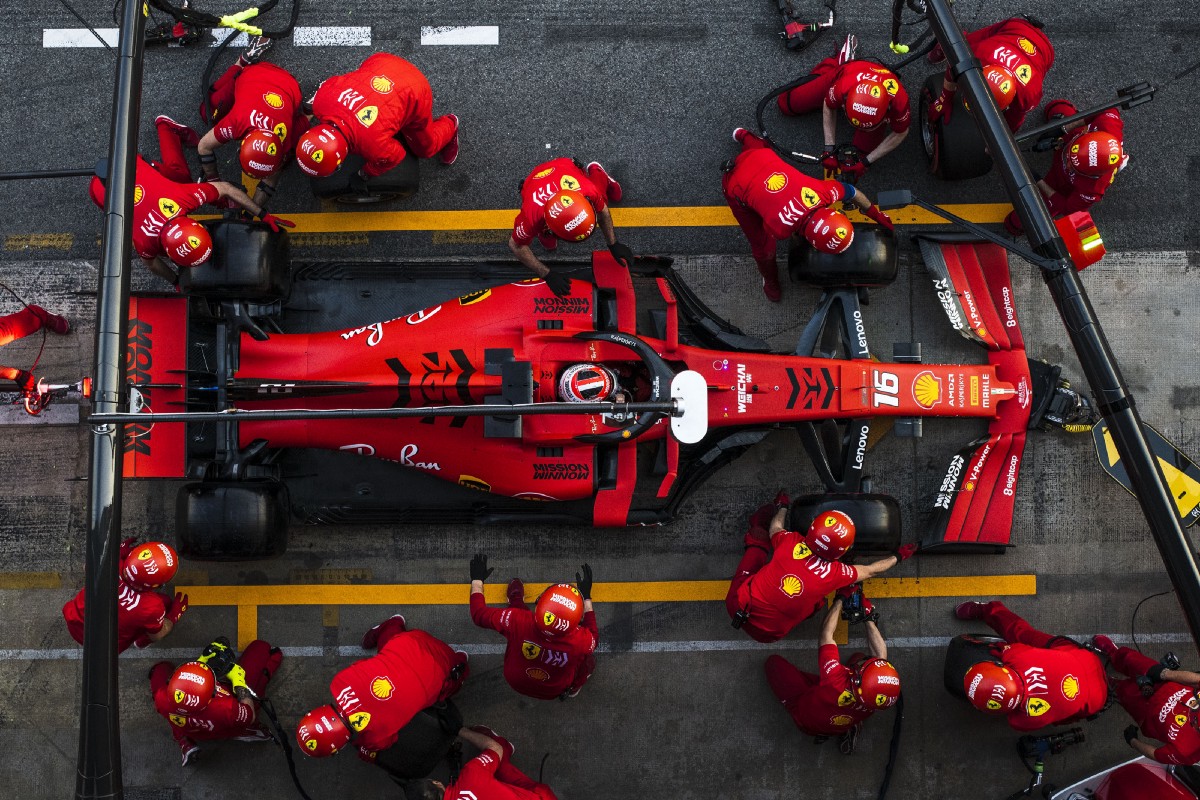History Column: The Brabham fan car
In Formula One racing, innovation and technological advancements have always played a crucial role in determining success on the track. One of the most famous examples of this is the Brabham fan car, a unique and revolutionary design that caused a stir in the motorsport world in the late 1970s.
The Brabham fan car was created by legendary engineer Gordon Murray for the Brabham Formula One team, which was owned and led by Australian racing driver Sir Jack Brabham. The concept behind the fan car was to use a large fan at the rear of the car to create a vacuum effect, which would suck air from under the car and effectively increase downforce, providing greater grip and cornering speeds.
The fan car made its debut at the 1978 Swedish Grand Prix in Anderstorp, with driver Niki Lauda behind the wheel. The car immediately caused controversy among rival teams, as they claimed that the fan was a movable aerodynamic device, which was forbidden by the regulations at the time. Despite protests from other teams, the Brabham fan car was allowed to race and went on to win the race, with Lauda taking the checkered flag in dominant fashion.
However, the success of the fan car would be short-lived. Following the Swedish Grand Prix, the FIA (the governing body of Formula One) declared the fan car illegal and banned its use in future races. Despite this setback, the Brabham fan car left a lasting impact on the sport and its design principles would go on to influence future innovations in Formula One.
The Brabham fan car may have only competed in a single race, but its legacy lives on as a testament to the power of innovation and engineering in the world of motorsport. The car’s unique design and revolutionary aerodynamic concept continue to captivate racing enthusiasts and serve as a reminder of the constant quest for performance and excellence in Formula One.
As we look back on the history of Formula One racing, the Brabham fan car stands out as a symbol of ingenuity and creativity in the pursuit of speed and success on the track. Although it may have been short-lived, its impact is undeniable, and its story will forever be a part of the rich tapestry of motorsport history.



